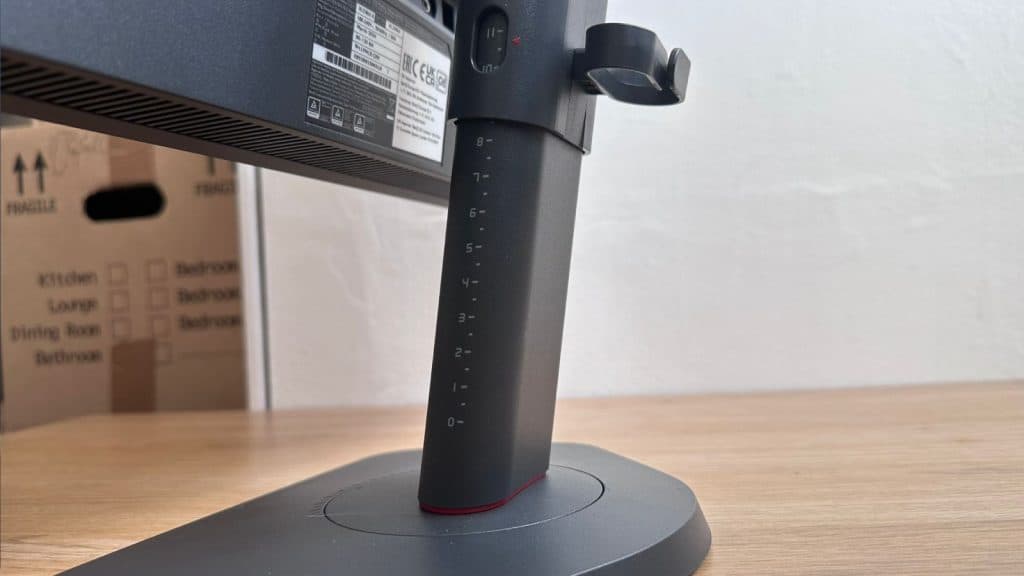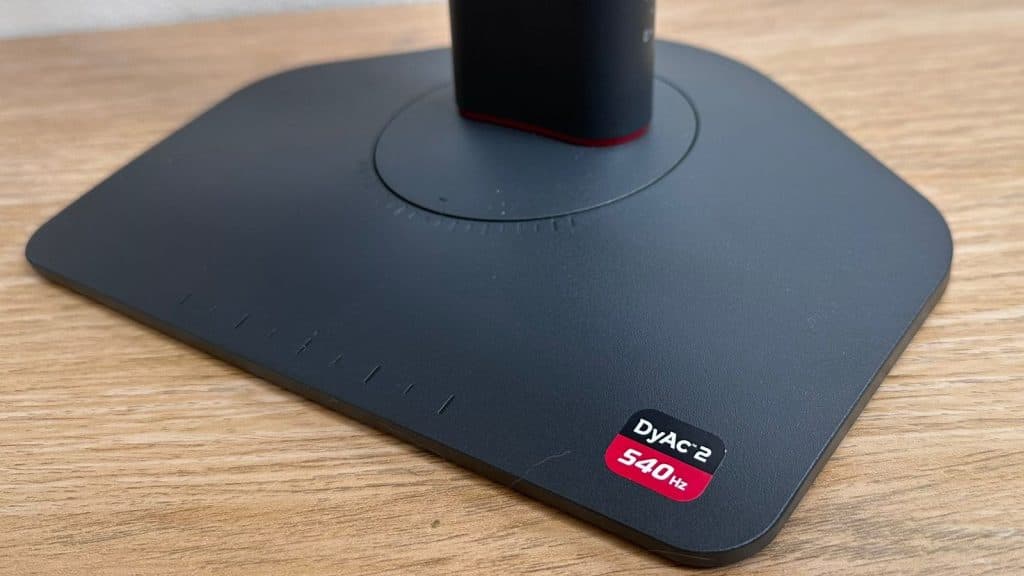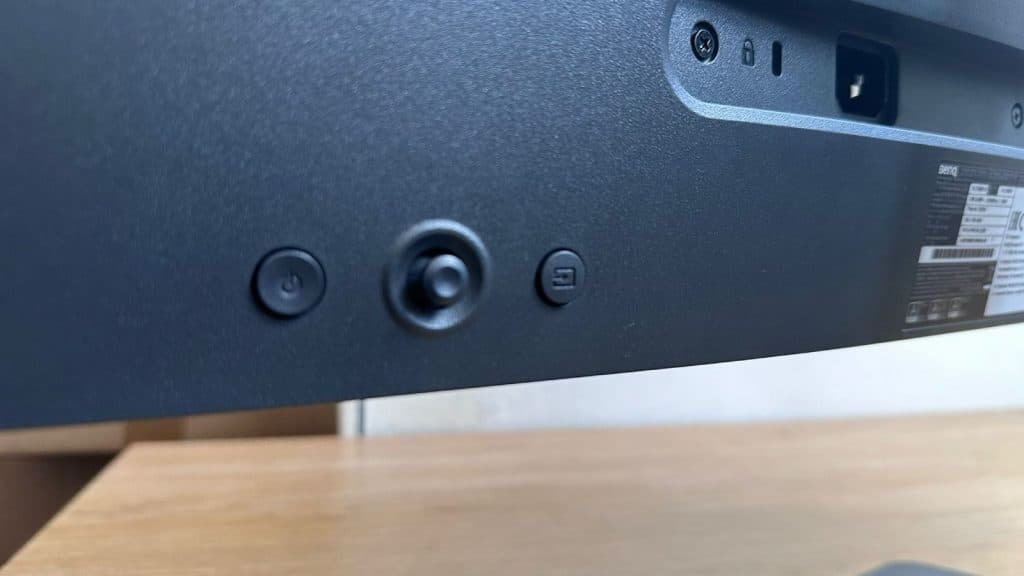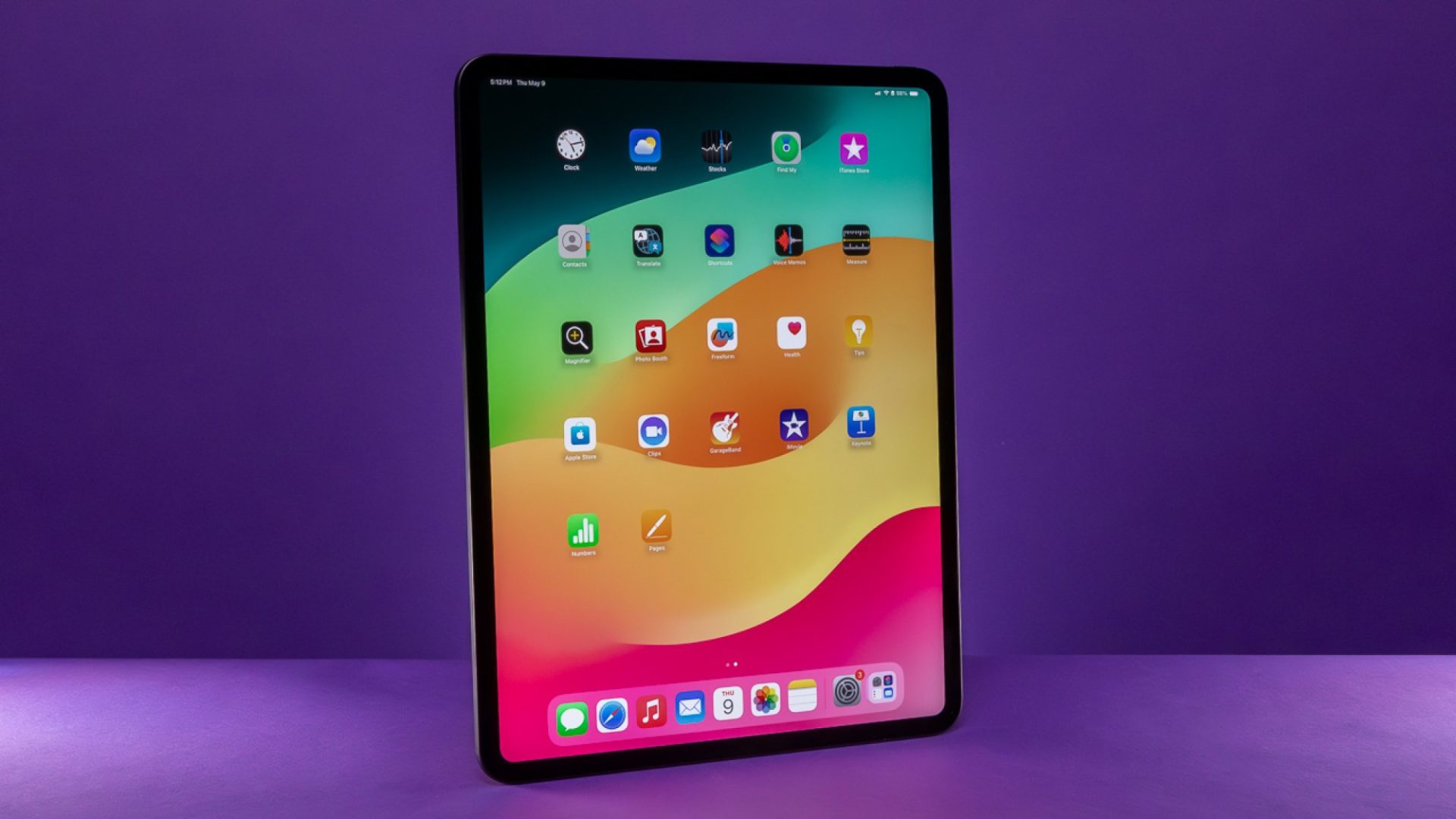Zowie XL2586X Review: Is 540Hz Really Necessary?
Zowie has unveiled its first 540Hz monitor, and I’m here to tell you whether you really need a monitor that can handle more frames than many games can render, even on the highest-end PCs. The race for the fastest refresh rates is on, and Zowie’s esports-focused XL2586X is finally out. But given its ability to […]

Zowie has unveiled its first 540Hz monitor, and I’m here to tell you whether you really need a monitor that can handle more frames than many games can render, even on the highest-end PCs.
The race for the fastest refresh rates is on, and Zowie’s esports-focused XL2586X is finally out. But given its ability to handle so many frames, there are questions about how well it works as a general-purpose monitor, as well as how well it runs other titles.
Once you understand that this is no ordinary gaming monitor, you’ll be able to appreciate just how fast this display is, and its speed is unmatched by 99% of the rest of the gaming monitor market. But whether you have the gaming setup to drive such a high-end display is another question entirely.
main Features
- Screen size: 24.1 inches
- Panel type: TN
- Resolution: 1920×1080
- Brightness: 320 cd/m2
- Contrast ratio: 1000:1
- Refresh rate: 540 Hz
- Response time: 0.5 ms
- Connectivity: 1x DisplayPort 1.4, 3x HDMI 2.1, 1x 3.5mm audio jack
- Price: $999
Design
As for the XL2586X’s actual appearance, it’s not going to win any design awards, encased in a black plastic shell, and comes with Zowie’s removable ‘blinders’ – although the effectiveness of using them in a game and their usefulness is debatable, unless you’re sitting next to other gamers and need to block their screens.
The design is largely identical to the XL2566K I tested last year, right down to the adjustable ball-bearing stand, which can swivel and tilt to any angle you want. Compared to many other oversized gaming monitor stands, this one has a low impact on your desk and looks pretty clean.
Easy cable routing also helps keep your setup looking sleek and ensures that no matter how you use a mouse, no wires will interfere with your desk.
While the monitor itself looks pretty dull, and like any other you might see in an office space, its no-frills nature tells you that this display is focused on raw performance, rather than superfluous additions like RGB back lighting or other gimmicks.
The understated design is a breath of fresh air after seeing so many other gaming monitors look like some sort of alien spaceship trying to make its way to your desk.
Features
Before we get into everything the XL2586X can do, it doesn’t have any native G-Sync support, meaning it’s only “compatible” with G-Sync. So you can’t take advantage of perks like the Nvidia Reflex latency analyzer, which should be a priority for those looking to achieve measurable peak performance. This is an extremely odd omission.
 Dexerto
Dexerto The bracket looks like old models, if it’s not broken, don’t fix it.
Aside from that, you can also take advantage of the DyAC 2 backlight strobing to prevent any flickering and blurring, but this is most effective at higher refresh rates, so make sure you have a PC that can drive the frames as high as possible to get the most out of it. In my experience, enabling it was a breeze and it has noticeably improved in removing any kind of blurring, as tested via BlurBusters’ tried and tested TestUFO.
You also get what BenQ calls an “S Switch controller” to configure the panel, but it still comes in the form of an ugly cable that plugs directly into the monitor. At this level of premium quality, you’d expect more premium finishes. It’s almost exactly the same as last year’s XL2566K.
Compared to OLED monitors, this panel also doesn’t have local dimming zones, so for the best picture quality, you should look for OLED monitors instead. But you can also configure the response time with several overdrive modes, with a slider. With a monitor this fast, though, you’ll want the fastest response times possible.
Resolution and refresh rate
The XL2586X’s main feature is the refresh rate: but that’s only useful if you have a powerful enough system to handle that many frames in some esports titles. This is an extremely marginal use case for most people, unless you’re looking to get the best possible performance in Counter-Strike 2 and similar games.
Gaming Performance
In motion, turning down all of CS2’s settings and playing the game at 540Hz using an RTX 4080-based system is a dream, it’s incredibly smooth and looks fantastic, as long as you don’t deviate too far to the right or left.
 Dexerto
Dexerto If you don’t want to use the ugly controller, you can do everything on the OSD.
There is a significant difference between 240Hz and 540Hz, but from 360Hz onwards the differences are more subtle to my eyes. However, this does not take away from the incredibly smooth feel, and for many, that is what will matter.
With 480 Hz OLED Monitors Along the way, it feels like too little, too late. The jump to 540Hz simply isn’t worth the reduction in response time and image quality of a TN panel.
This is the main flaw of this monitor, as it limits its use to esports only, while OLED can be used for watching movies and immersive content solo. You simply won’t get that level of quality in a TN panel.
Should you buy it?
If you’re one of the few people whose goal is to become an incredibly competitive Counter Strike or esports player, and you have a high-end PC capable of hitting at least 500 FPS in your chosen titles, the Zowie XL2586X is a no-brainer, it’s a great addition to your setup, and its performance won’t let you down.
But the lack of Reflex Latency Analyzer is a real shame: it’s something its direct competitor, the Asus PG248QP, manages to add. But if you’re not the type to want a good monitor for general use, don’t chase the refresh rate dragon unless it’s absolutely necessary.
This is cutting-edge technology aimed at a niche audience. The OLED range of monitors can handle much the same, with equally fast refresh rates, if you’re looking for a high-end addition to your setup.
Verdict – 3/5
I can’t help but be a little disappointed with the Zowie XL2586X. It’s impressive, sure, but its target audience just isn’t me. Combined with the purely utilitarian design and blinders for maximum immersion, unless you’re an esports organization looking for a new monitor to outfit your players, chances are you just don’t need it.
The ROG PG248QP is also $100 cheaper than the XL2586X’s $999 asking price, meaning that even among its competitors it can be outdone in terms of pure specifications.
If you click on a product link on this page, we may earn a small affiliate commission.













